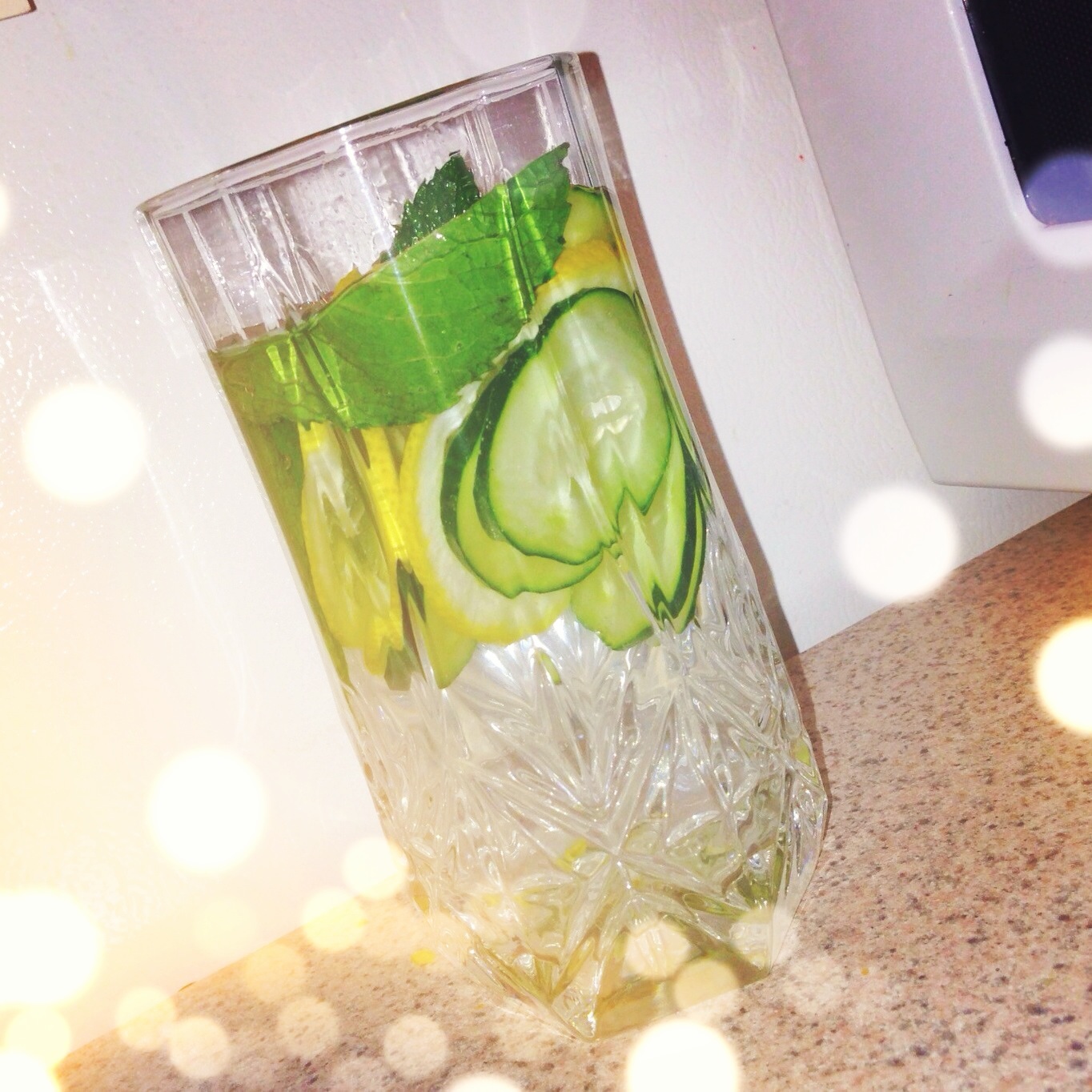Oregano, the fragrant herb commonly used to flavor pasta and
meat dishes, is known for itsversatility in the kitchen. But did you know
that it can also be transformed into an herbal oil with a wide range of
benefits?
Oil of oregano is one of my favorite natural healing tools. I keep a small bottle in my purse and one at home. It has a wide
range of uses. I use a drop every morning on my toothbrush. Whenever I start feeling like I'm catching a cold, I put one drop at the back of my throat and one drop under my tongue. This herbal oil is a powerful antimicrobial that can help fight
off infections. Oregano oil also has antibacterial, antiviral, and antifungal
properties.THE BENEFITS
Oregano oil is high in phenols, which are natural phytochemical compounds with beneficial antioxidant effects. The two most abundant phenols in it are:
Thymol - a natural fungicide with antiseptic properties. It helps boost your immune system, works as a shield against toxins, and even helps prevent tissue damage and encourages healing.
Carvacrol – found to be effective against various bacterial infections, such as candida albicans, staphylococcus, E. coli, campylobacter, salmonella, klebsiella, the aspergillus mold, giardia, pseudomonas, and listeria.
Other healthful compounds in oregano oil include:
Terpenes – known for their powerful antibacterial properties.
Rosmarinic acid – an antioxidant that prevents free radical damage and has shown promise in treating allergic asthma and preventing cancer and atherosclerosis. It also works as a natural antihistamine that reduces fluid buildup and swelling caused by allergy attacks.
Naringin - inhibits the growth of cancer cells and helps boost the antioxidants in oregano oil.
Beta-caryophyllin (E-BCP) - this substance inhibits inflammation and is also beneficial for conditions including osteoporosis and arteriosclerosis, as well as metabolic syndrome.
HOW TO USE IT
Make a spot treatment for your skin: Because of its antibacterial and anti-inflammatory effects, some experts have advocated the use oil of oregano to treat skin conditions like acne and rosacea. Combine 3 drops of oregano oil to 2 tablespoons of olive or coconut oil. Apply it to your problem areas with a cotton swab.. Let it soak in, but don’t use it directly on any broken skin like cuts or scrapes.
Vaporize it: Dangerous bacteria can inhabit your respiratory system and cause trouble. To help your immune system fight a respiratory infection, put one
drop of oil of oregano in a bowl of steaming water. Put a towel loosely over
your head and inhale the steam once a day until you feel better. If
your doctor has prescribed you antibiotics, don't stop taking them, and be sure
to see a doctor if your symptoms are severe or don't improve.
Use it to brush your teeth: Oil of oregano also contains thymol, an ingredient used in many
mouthwashes to combat bacteria, plaque and bad breath. Try adding a drop or two
of oil of oregano on your toothbrush with toothpaste.
Treating foot or nail fungus: Put 10 drops of oregano oil in a basin of warm water and soak
your feet in it. You can also dilute the oil (mix a drop with a teaspoon of
olive or coconut oil), and then apply it on your nails or skin.
WHERE TO BUY IT
You can find Oil of Oregano at most health food stores and retailers like:  |
| This is the brand I use |
- Whole Foods
- Vitamin Shoppe
- GNC
!!!WARNING!!!
Oil of Oregano is VERY strong! A little goes a long way!This is a HOT oil - always dilute! Always test for skin sensitivity prior to widespread use. Do not use for children under 6 and dilute in greater amounts for children over 6 or for anyone with sensitive skin. Keep out of eyes, ears, or nose.
Pregnancy and breast-feeding: Oregano is POSSIBLY UNSAFE when taken by mouth in medicinal amounts during
pregnancy. There is concern that oregano in amounts larger than food amounts
might cause miscarriage.
Bleeding disorders: Oregano might increase the risk of bleeding in people with bleeding disorders.
Allergies: Oregano can cause reactions in people allergic to Lamiaceae family plants, including basil, hyssop, lavender, marjoram, mint, and sage.
Diabetes: Oregano might lower blood sugar levels. People with diabetes should use oregano cautiously.
Surgery: Oregano might increase the risk of bleeding. People who use oregano should stop 2 weeks before surgery.
Bleeding disorders: Oregano might increase the risk of bleeding in people with bleeding disorders.
Allergies: Oregano can cause reactions in people allergic to Lamiaceae family plants, including basil, hyssop, lavender, marjoram, mint, and sage.
Diabetes: Oregano might lower blood sugar levels. People with diabetes should use oregano cautiously.
Surgery: Oregano might increase the risk of bleeding. People who use oregano should stop 2 weeks before surgery.


.JPG)
.JPG)


.jpg)

.jpg)






















